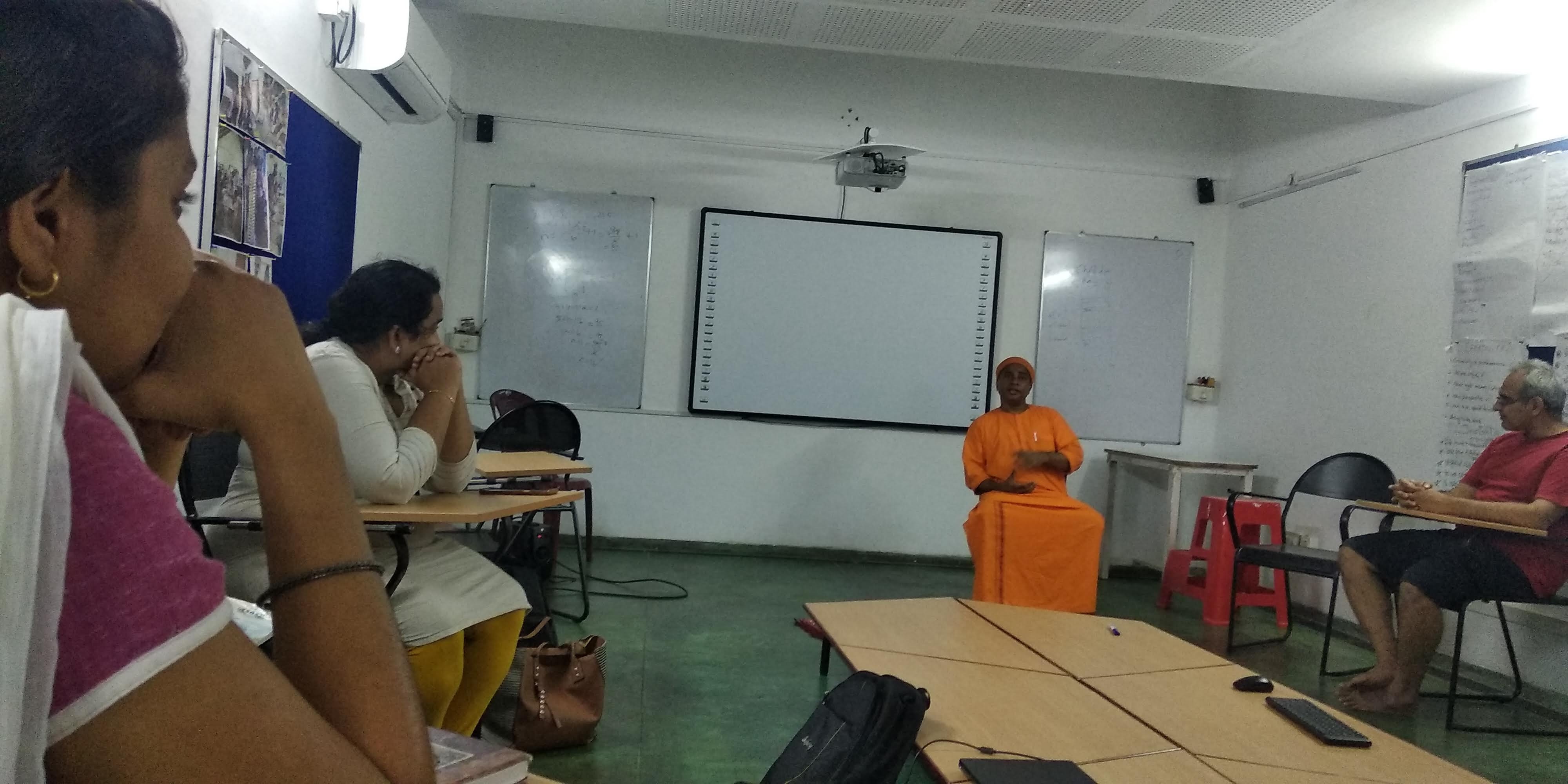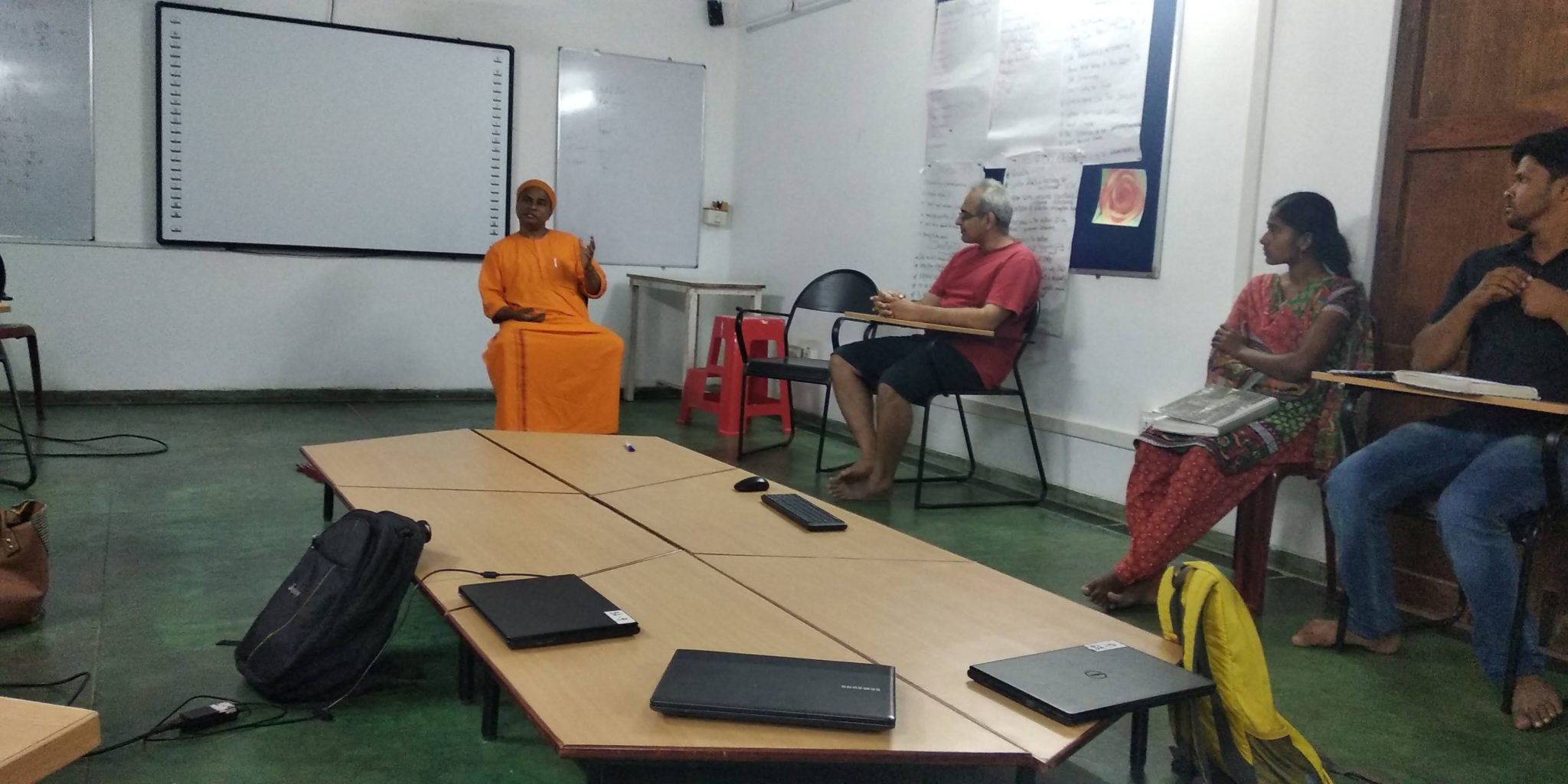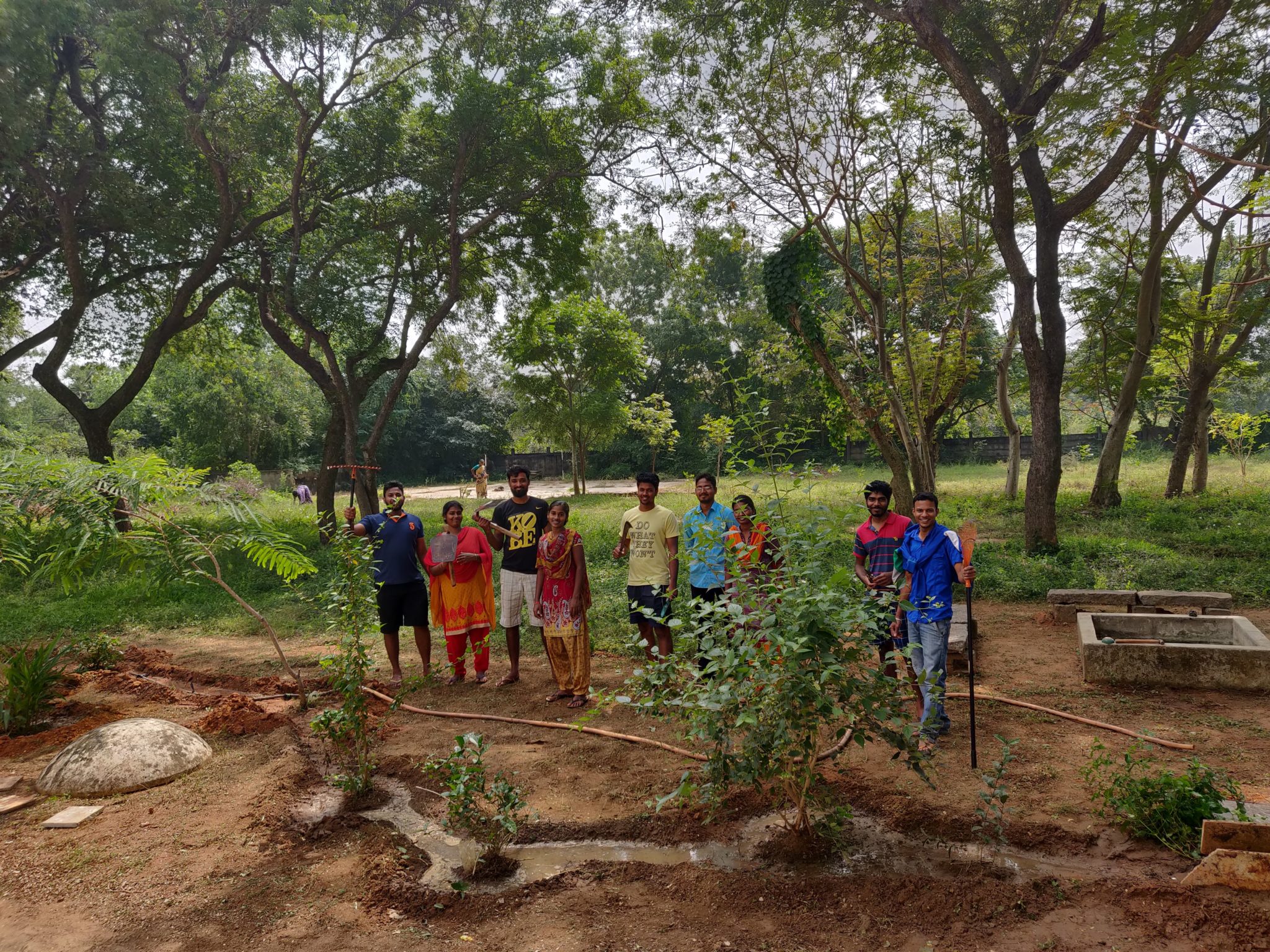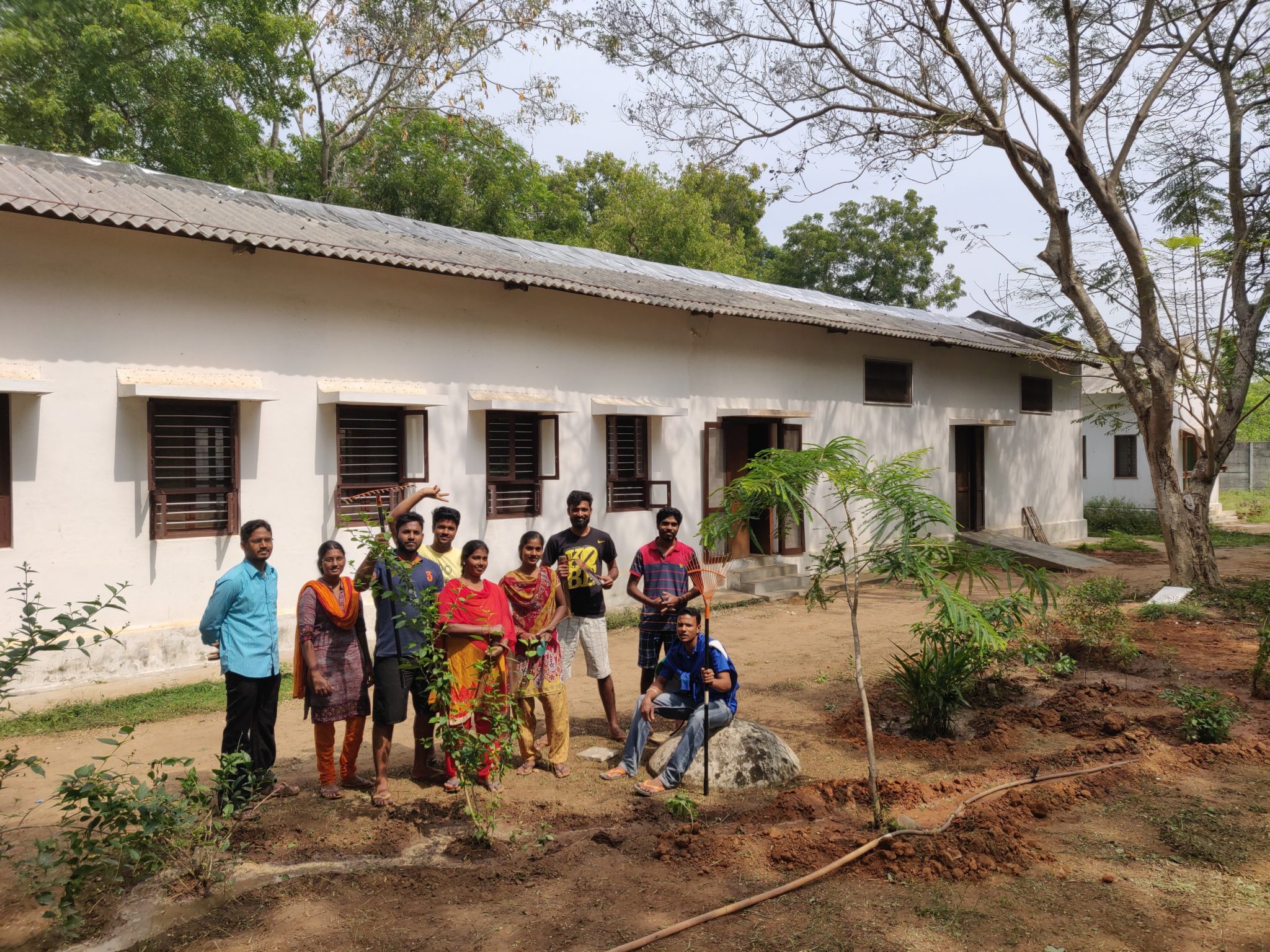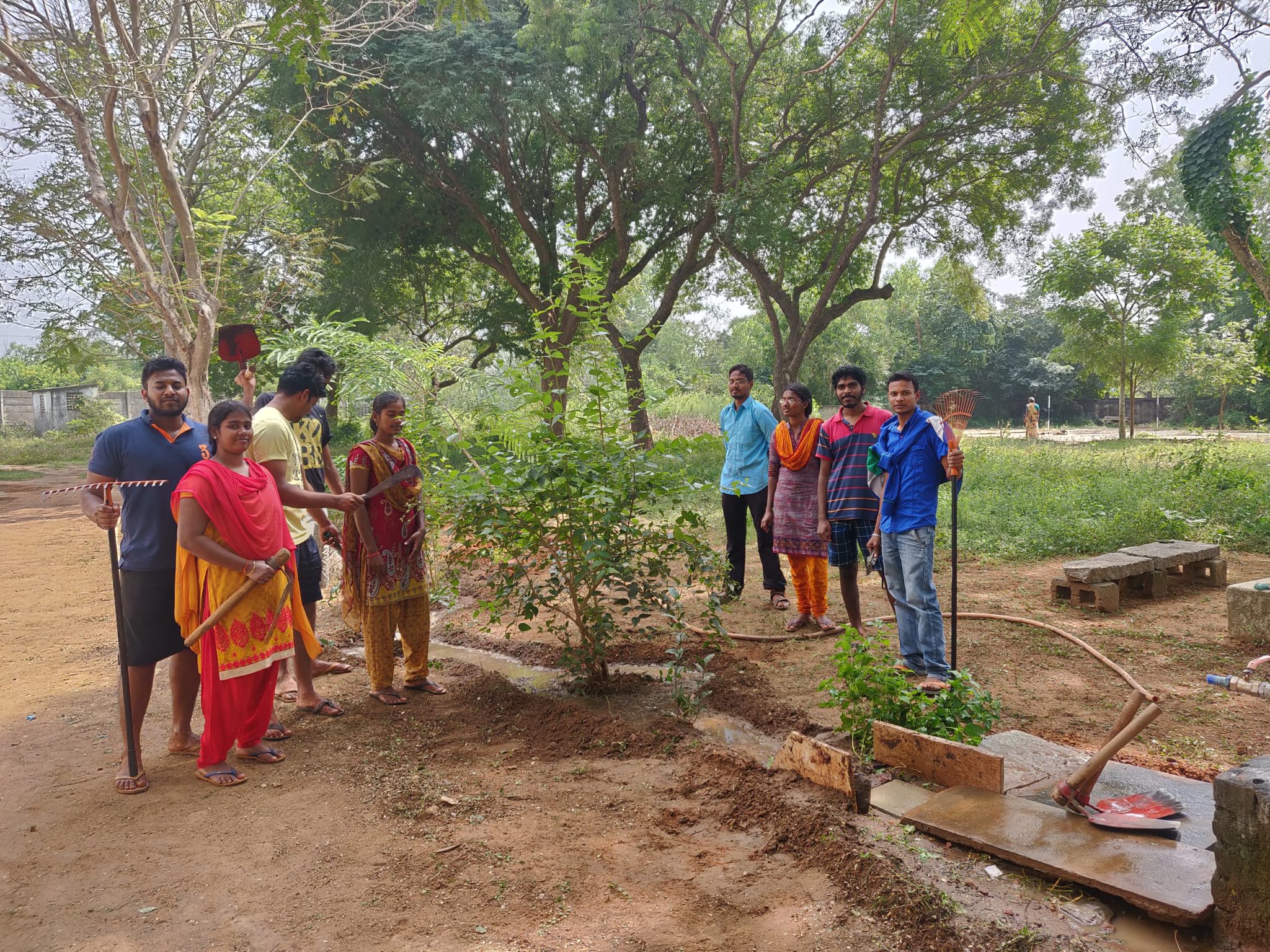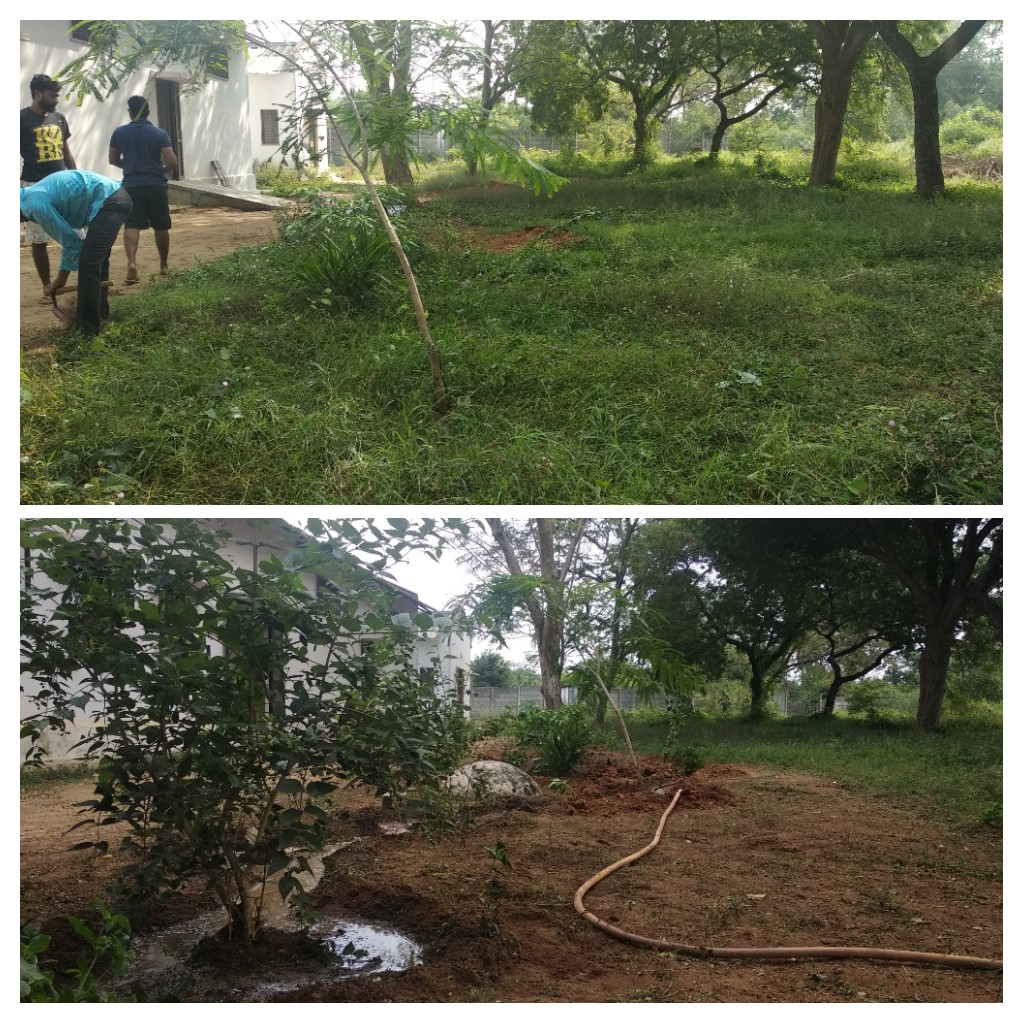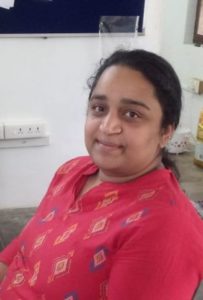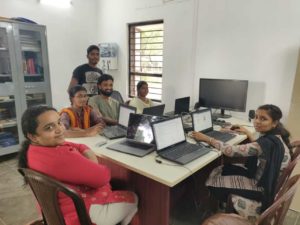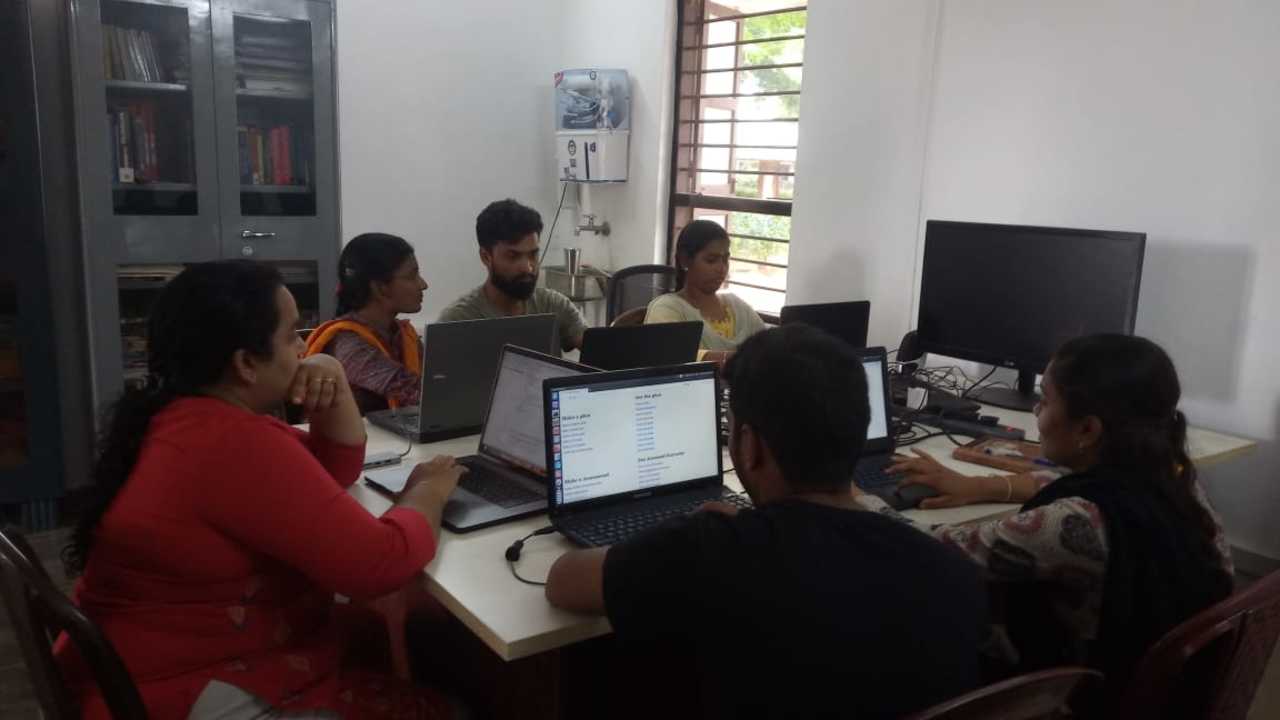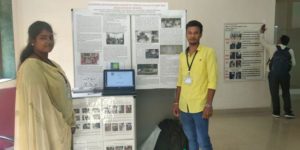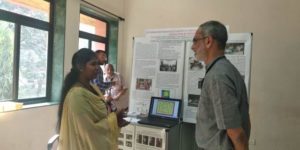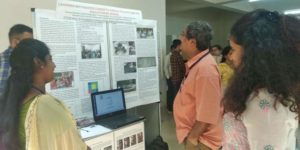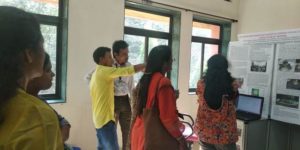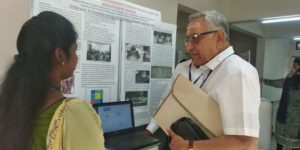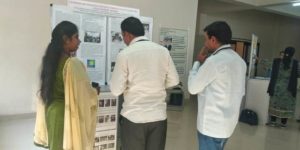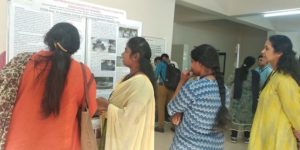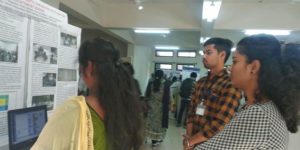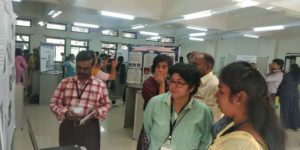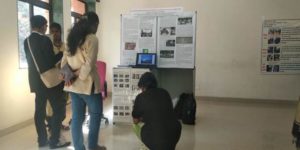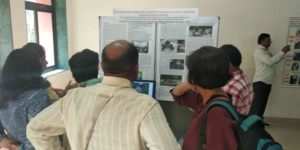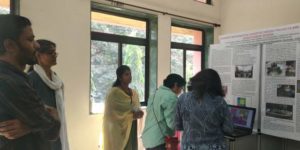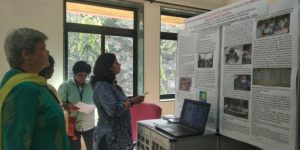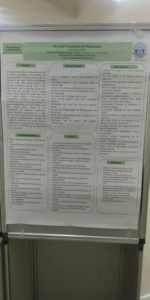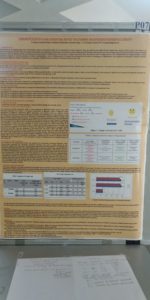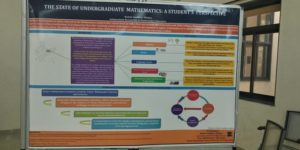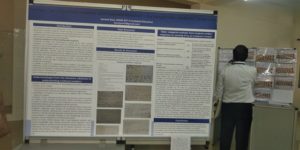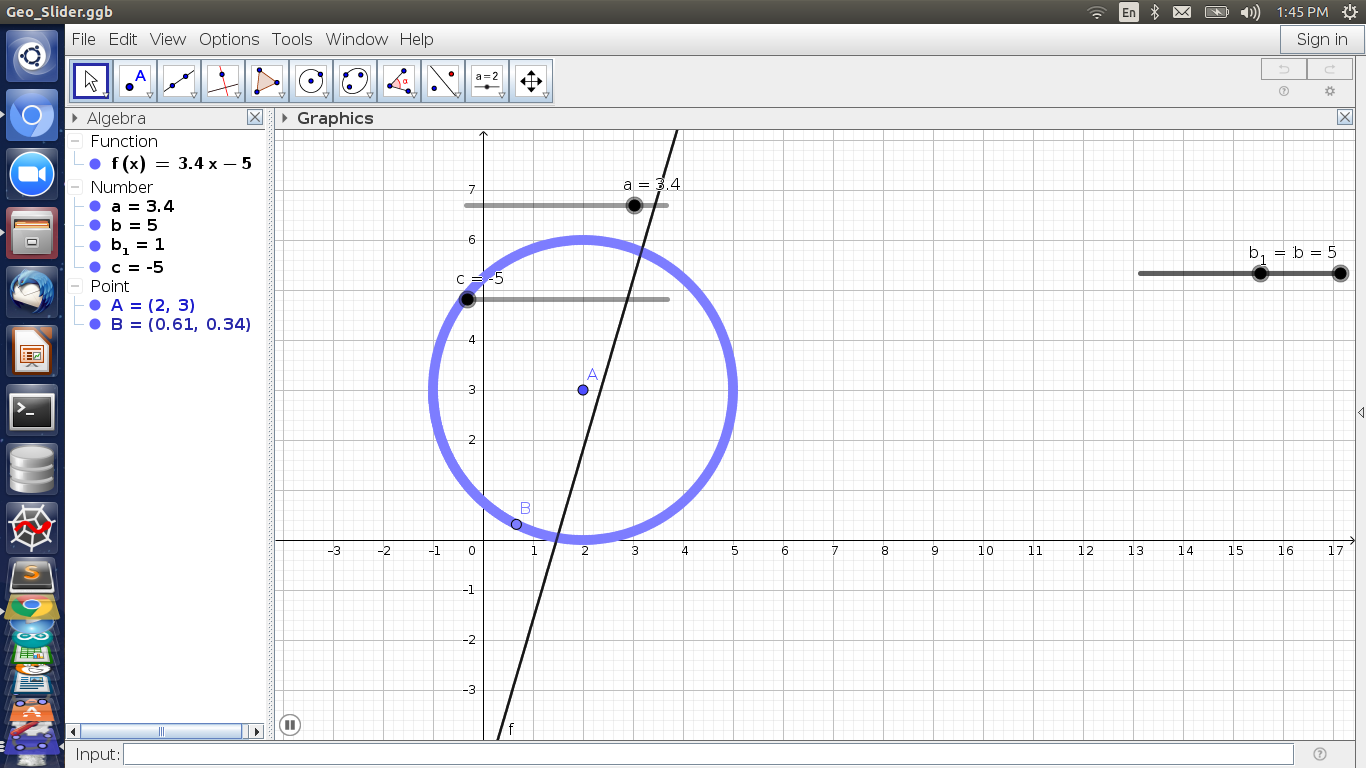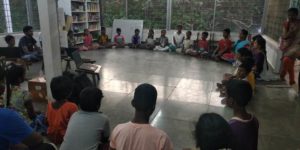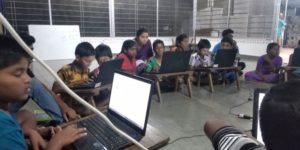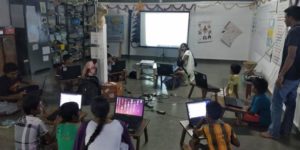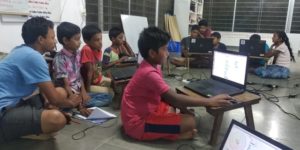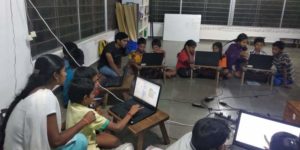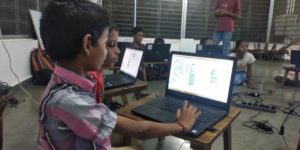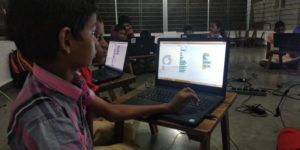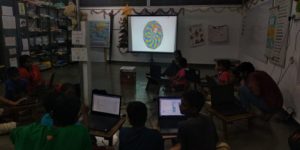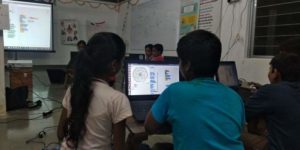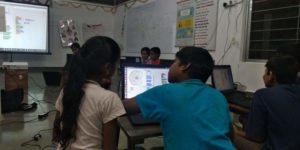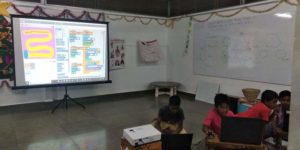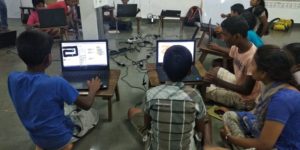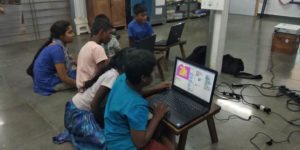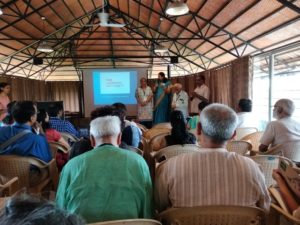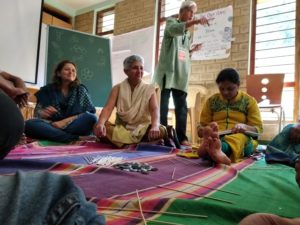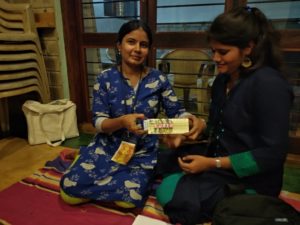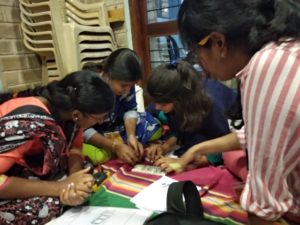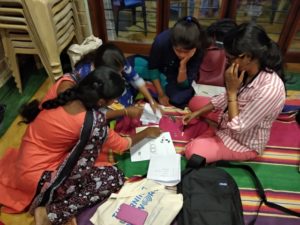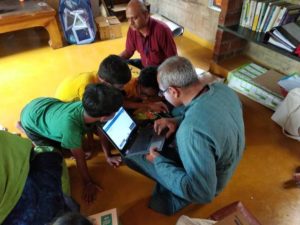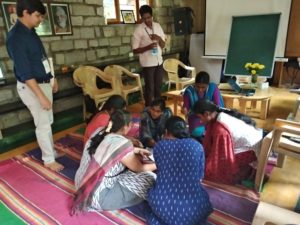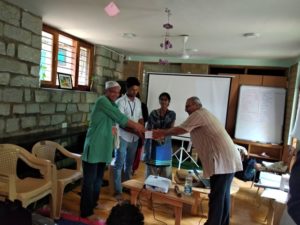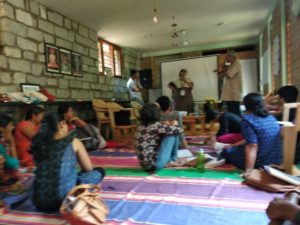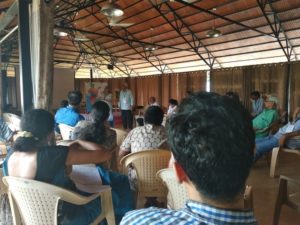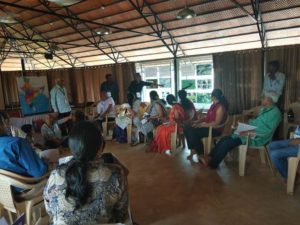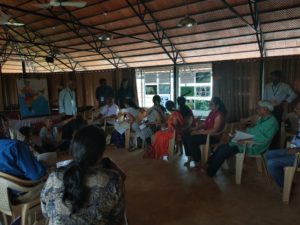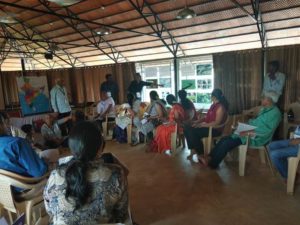~Saranya
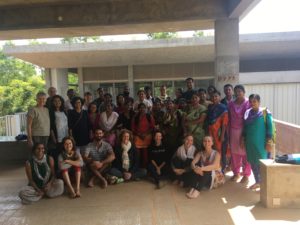
Three of us went for this workshop. It was happening past two weeks. Through this workshop I know to take class with only the instruction. There were few new activities I learnt from this workshop. It was really good. It help children to concentrate.
We can use the body to stimulate imagination and the imagination to stimulate movement.
It’s my treasure/ Stolen Treasure – change the name to suit group
Set up a semi circle of ‘treasure’ around the person who is ‘on’. This person closes their eyes or wears a blind fold if they are younger. The class are invited one at a time to have a go to ‘steal’ the treasure (with some groups ask them to put hands up if they want a go and teacher makes sure everyone gets a go – in silence). They creep forward, take one piece of treasure and return to their place without making a sound. The person who owns the treasure must try to hear where they are and if they point in that exact direction then the person must finish their go/ return their treasure.
Traffic Light – using the colours to move/slow down and freeze. Variations include swapping the meaning of colours eg Red= Go- this demands more concentration; or adding in further instructions as people are moving in one mode, eg Amber means walking on tiptoes, Green means walking like a gorilla etc.
Snake Lines
Starting with one long line, give each child a number from 1. Explain you would like them to move around the room like a snake, staying together in one long line. Practice this.
Then explain that when you call a number you want that number person to be at the front of the snake. Anyone whose number is lower, must walk quietly to the back of the line. Practice this.
Once the group have mastered these first stages, then make 2 lines, standing shoulder to shoulder. Give each pair a number and repeat the exercise as above. When the pairs are going to the back of the line they should separate in different directions – person on left goes left, person on right goes right.
Once all of this has been mastered add one further challenge, when you say ‘Split’ the 2 lines separate out and follow their own path. When you call ‘unite’ then they must try to come back together again without stopping if possible.
Paired film-making
In pairs label yourselves A & B. A’s must think of an activity they can act out- something from everyday living, eg washing, eating, cleaning, gardening. Staying where they are (not moving around the room), A’s begin their action.
B’s are the film-makers and they are filming the action. They can choose long shots, medium shots or close-ups. Let this run for a couple of minutes while everyone is absorbed. Then swap roles.
Afterwards give pairs a couple fo minutes to chat about what shots they would keep in their films.
Mirrors
Standing opposite your partner one person begins to move their hands slowly and the other follows. The aim is to move slowly enough so that the action is perfectly mirrored. Swap roles so that the other person leads for a while.
Developments:
- Have no leader- try to co-lead it
- Lose the strained staring at each other- aim for a soft gaze
- Add music for a longer, more sustained actionAsk the pairs to Freeze at certain moments and decide if they were in a story right now who might they be and what might the story be?
-
- You can keep changing partners for this exercise so pupils get used to working with each other
- Moving in different ways
In this exercise the class is moving around the room responding to instructions and narration given by the teacher. Begin form normal walking and then introduce:
- Medium: in sea, on land, in air
- Purpose: searching for food/treasure, escaping, moving from one place to another eg out of the sea, out of a hole
- Surfaces: dry earth, into mud, onto hot rock, thick undergrowth, marbles, wet tar, sharp stones, on ice
- Conditions: light, darkness, hot, cold, windy, stormy
- Physical condition: strong becoming weak, determined then giving up, disappointed then hopeful.
- Adverbs: happily, sadly, excitedly, lazily, determinedly, nervously
It is best to alter the energy of the types of walking to maintain interest. If a group are engaging in one well then perhaps you can add more detail to allow a story to build around it.
- Group movement journeys
In small groups, ask the class to choose scenarios (or give them scenarios if they are younger) for a journey that requires them to be in silence. Remind them to use other imagined senses including imagined touch, smell, vision, listening etc. This can all be done at the same time using some music, or individually.
- Body as Objects
Walk around the room. When a number is called get into groups of that number. Call out an object and then tell the groups to make this object suing all of their bodies together. Countdown 10-1 and then FREEZE. Repeat as long as the class are absorbed in the task. Explore everyday objects, but also include difficult or even ‘impossible’ objects eg helicopter, Eiffel tower, wind turbine.
This can be developed from objects that do not move to electrical objects, or objects with switches etc to add some movement.
- Estate Agent
Using the Body as Objects exercise the teacher becomes the estate agent. Ask one other child to be the house buyer. Show them around the house explaining what objects are there and asking the other children in the class to make the objects spontaneously.
With older children this can be done in groups, and the teacher becomes the buyer. Give the groups time to practise and then share each one with the class.
- Pop-Up Stories
Tell a story with the class in a circle. Explain that when you mention an object, you would like some children to come into the centre of the circle to make that object. When that part of the story is finished they can sit down again. With younger children who might want to be in the picture all the time, you could use a story with full settings- eg gardens with many trees, flowers, creatures or a bedroom with a bed, wardrobes, lights and beautiful silk curtains. This way they can all be in each picture.
- You can keep changing partners for this exercise so pupils get used to working with each other
- Images: Will be coming soon


